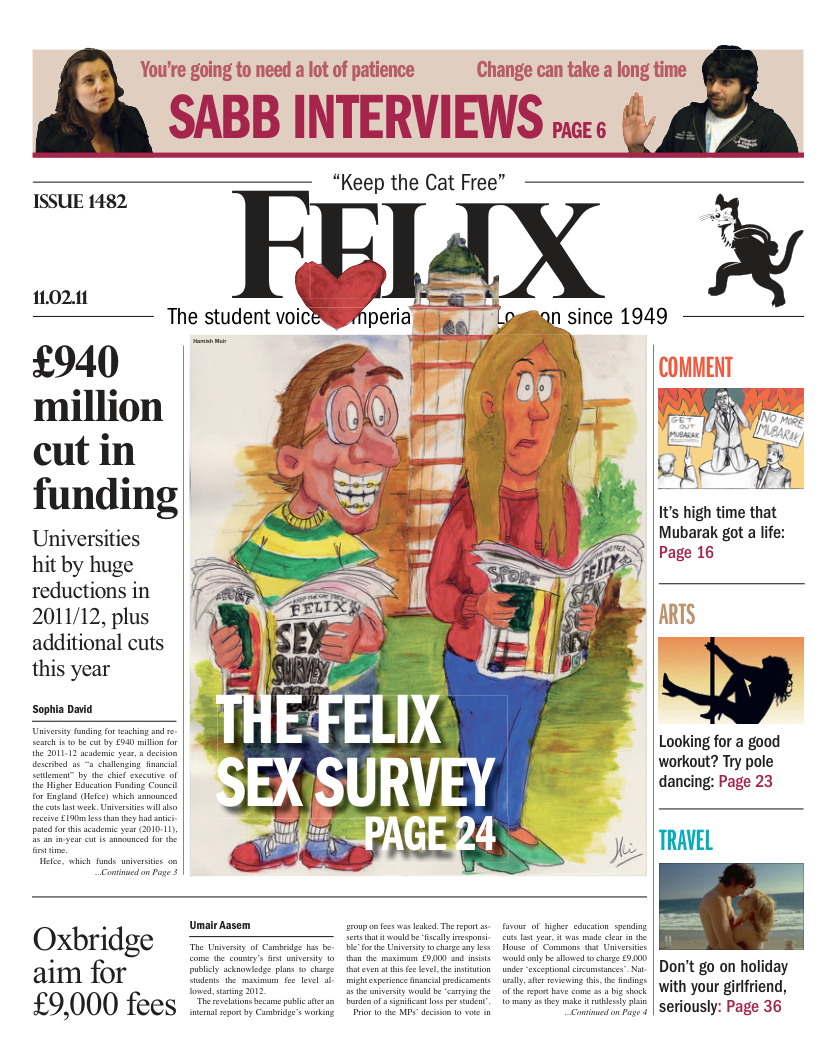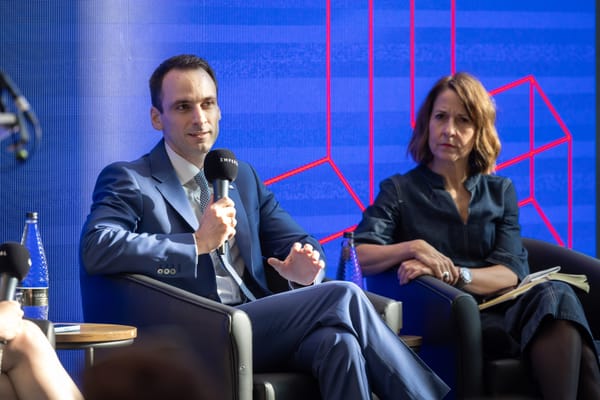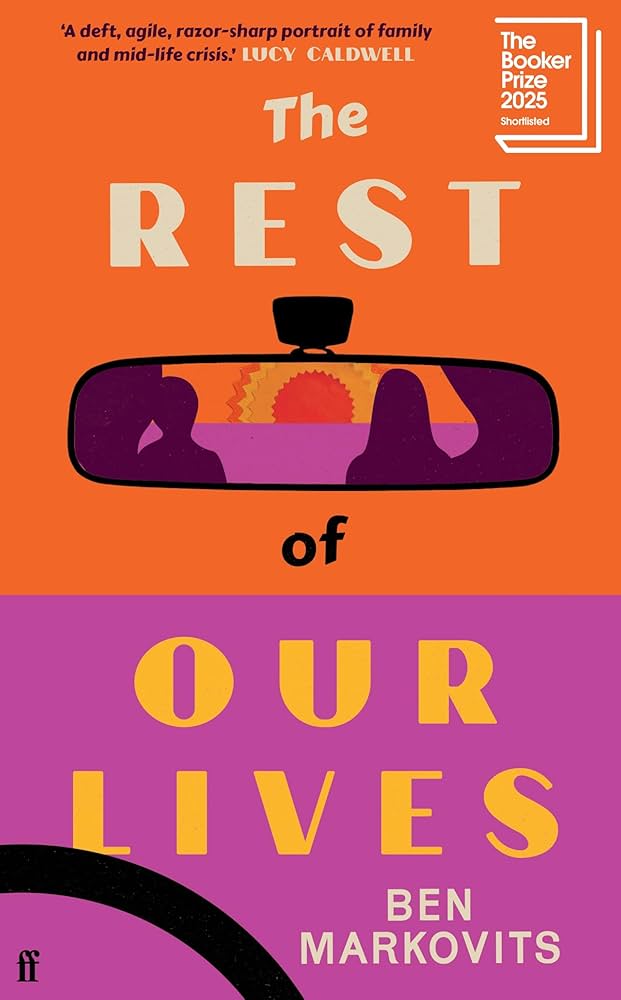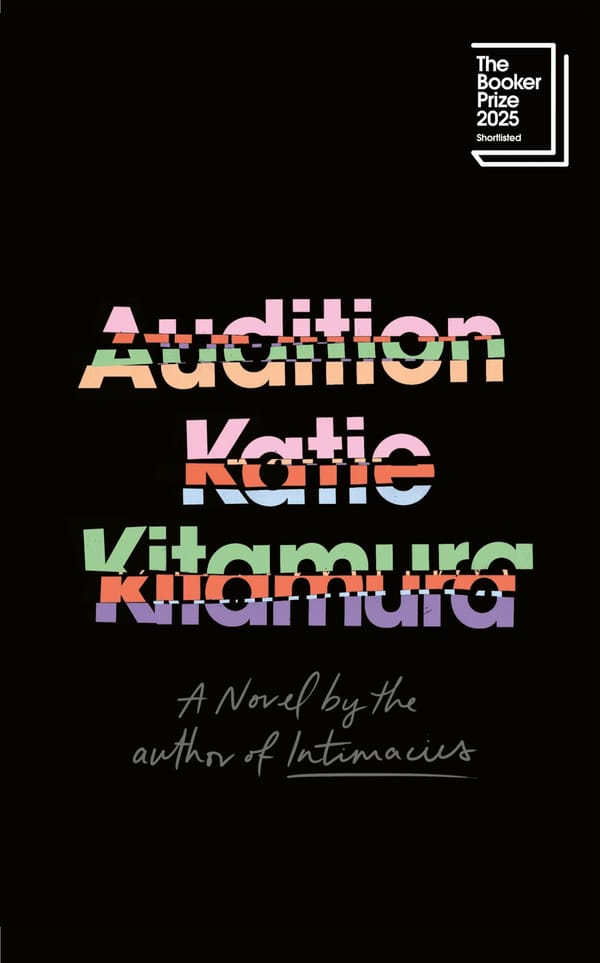Magic show success open to Copenhagan interpretation
A review of 'Real Tricks: The Quantum Mechanics Show'
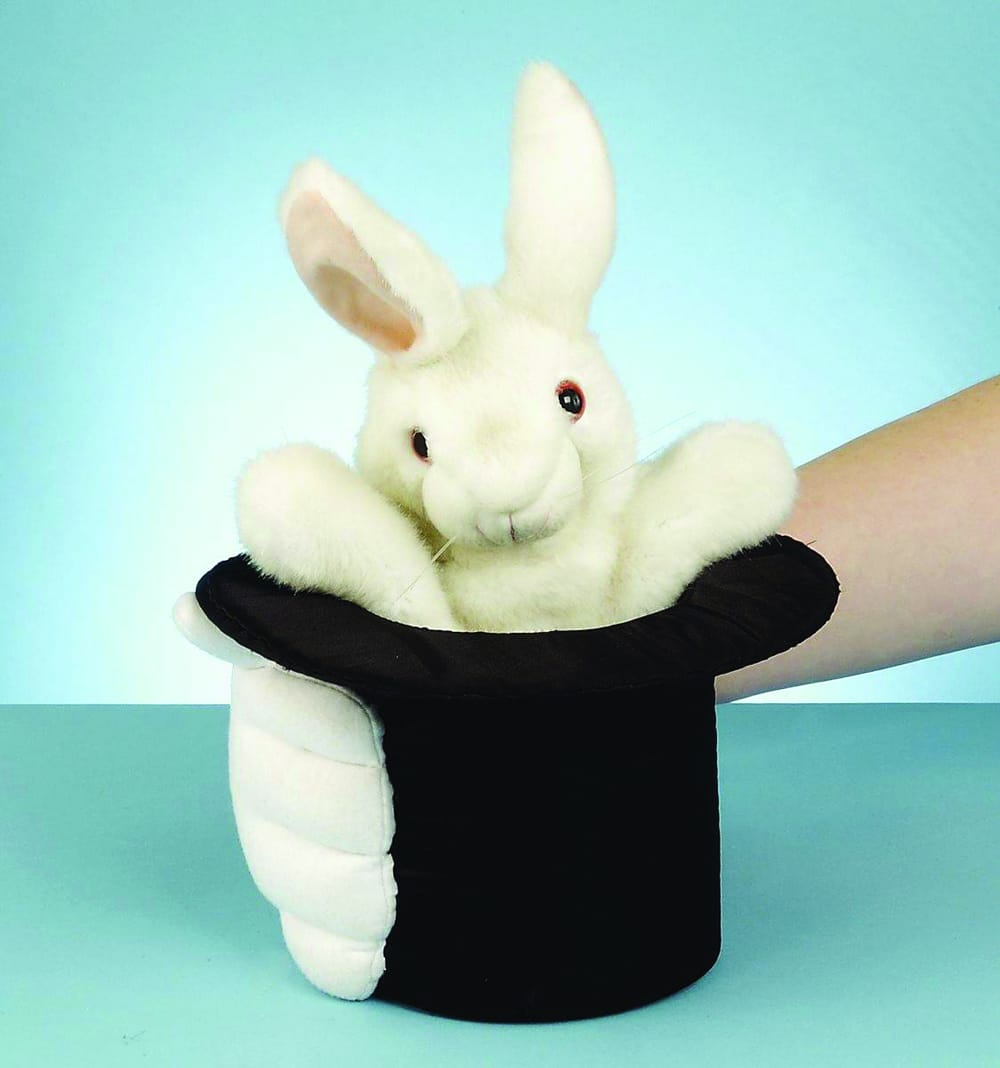
It is somewhat topsy-turvy to say that there are no mysteries in magic, but plenty in physics. But as Dr Nic Harrigan, our Master of Ceremonies for the evening (complete with magician’s attire), explained: all magic tricks are explicable, but not all physics is yet understood. And no area of physics is as enigmatic and so begging of explanation than quantum mechanics. ‘Real Tricks: The Quantum Mechanics Show’ aims to draw parallels between magic tricks and the quirks of quantum mechanics. As we settled down for the show, it struck me that linking quantum mechanics with a magician’s tricks most adequately demonstrated the power with which it has to bewilder even the most skilled physicists; as Richard Feynman famously opined: “I think it is safe to say that no one understands quantum mechanics.”
The show had an amateurish charm to it. The performers were modestly dressed with an earnest enthusiasm for the concepts that they were explaining.
Although not master magicians, they pulled off the tricks convincingly enough to elicit gasps, laughs and whispers of “How did she do that?” Obviously if I were to Google any of the tricks, I could quickly ruin the magic for myself. But the demonstration of quantum entanglement was a genuine puzzler. To demonstrate the weird connection between entangled particles, coloured balls were first placed into soft, velvet bags. They were rubbed together to ‘entangle’ them and then, from opposite sides of the room, the performers simultaneously pulled the same colour ball from bag. This demonstrated the peculiar property of entangled particles that allows them to ‘know’ the properties of the other – measure one electron as spin up and the other will instantaneously measure as spin down. Initially, I did not suspend my disbelief entirely – perhaps they had hidden balls in their sleeves? – but when they repeated it with audience members I was unashamedly stumped.
There were other highlights. Pushing a pencil through a £1 coin as an analogue of quantum tunnelling was neat while the explanation of quantum cryptography – complete with ninjas leaping out of the audience to steal the ‘data’ – reached the highest standard of educational entertainment.
However, saying that the show had an “amateurish charm” does not excuse all of its rough edges. At times the little hiccups distracted the good-natured audience and Dr Nic Harrigan could probably have given his co-performers the courtesy of introducing them on-stage by name.
But I shouldn’t over-emphasise the little niggles. Judging by the attentive silence and then outpouring laughter from the audience behind me, it was certainly a successful evening. Probably most pleasing was the sight of groups of children excitedly discussing the physics that they had seen as they tramped up the aisles out of the lecture theatre.

